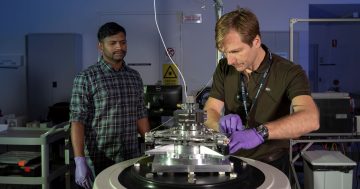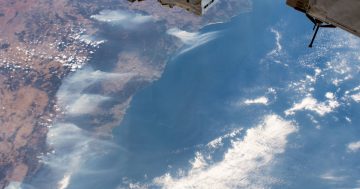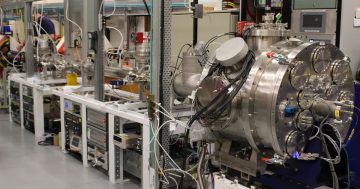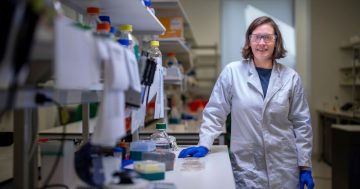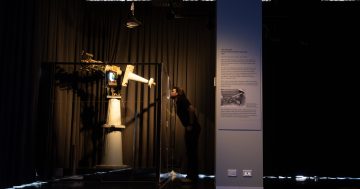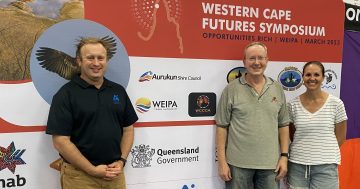
The local American Institute of Aeronautics & Astronautics section proudly presents a technical seminar ‘Space Debris: Assessing the Hazard’ by Dr Duncan Steel – Principal Research Scientist, QinetiQ, Canberra.
This presentation is particularly timely in light of anti-satellite weapons tests in the past two years by China and the US and the accidental collision of two satellites last week.
Seminar summary: Non-functioning artificial objects left in Earth’a orbit (space debris or space junk) pose a significant collision hazard to functional satellites, and astronauts. Over the past half-century about 3,000 tonnes of debris has been left on-orbit. Whilst over 20,000 objects larger than a tennis ball have been tracked from the ground (using optical detectors, radar and lidar) there is a far larger population of smaller, untrackable debris whose impacts on satellites are unpredictable, except statistically. These dominate the hazard: the energy delivered to a satellite by a random nut or bolt travelling at above 7 km/sec is comparable to the explosion of a stick of dynamite. In this talk Dr Steel will discuss the nature of this hazard and why it may get worse in the future, potentially limiting our access to space.
This event is free and all are welcome.
Date: Thursday 26 February
Time: 6:30pm
Location: Engineering Lecture Theatre, Engineering Building #32, Department of Engineering, Off North Road, The Australian National University.
Map: Can be found at here. The Engineering Building is #32 in Grid Reference F4.
For more information: Contact Adriano Di Pietro via adriano.dipietro[at]anu.edu.au or 0415232062.
For information about upcoming events by the local AIAA section visit http://www.aiaa.org/portal/sydney
About Dr Duncan Steel: Dr Steel is Principal Research Scientist with QinetiQ, based in Canberra, where he provides space expertise to the Department of Defence. His last academic post was as Associate Professor of Space Technology at the University of Salford in the UK. He has worked for both NASA and ESA and is the author of four books, more than a hundred space-related research papers, and over a thousand articles for newspapers and magazines. Asteroid 4713 Steel is named for him, as is a lunar-roving robot in one of Arthur C. Clarke’s novels.












